How to Tune a QuadCopter PIDs

WHAT IS PID?
PID is basically a specific function inside your flight controller that is responsible for stabilizing your drone. In order to tune a quadcopter, you have to give the PID function some useful parameters to go off of so it knows how it should behave. Honestly, it doesn’t matter what PID stands for, because most flight controllers and tutorials refer to the settings by using the acronyms anyway. I’m not going over the actual meanings behind the words because that would be too hard to understand for a lot of people, so just remember that PID stands for “proportional, integral and derivative” incase someone asks you.
HOW TO TUNE A QUADCOPTER
Before you start tuning, you should start out with your I and D at 0 (usually) and your P setting at whatever the recommended number is for the flight controller you’re using. For open pilot flight controllers, the P setting should already be set to 0.00200 (or 20 if your looking at it in the “basic” tab).
There are three main steps to tuning a quadcopter.
Take off and see what happens. If the quadcopter moves and feels like an unstable boat, raise the P setting (vary slowly) until it starts to behave more like a robot. When the P setting is set high enough, the overall flight at this point should be pretty smooth. At the end of aggressive maneuvers, the quadcopter should shake for a split second. That means that the P setting has been properly tuned.
Mess around with the I setting. If your quadcopter starts to drift to the point where it’s hard to take off, that means that the center-of-gravity (or CG) is off balance. Most quadcopters are not balanced perfectly, so the I setting can be very useful to correct this and keep the quadcopter in it’s current orientation. Wind will also move the quadcopter (especially when you pull up while in forward flight. If you turn the I setting up too high, it will usually over shoot every maneuver you do. I usually start with my I setting a little bit lower then my P setting and see how it goes. if it flies good, leave it alone.
Get it flying smooth. All you have to do now is tune your D setting. If you’re sport flying, some people leave D at 0 because it can make the quadcopter behave and react slightly slower to inputs. But most people wouldn’t notice the difference. For smooth crisp flying, slowly increase the D setting until you no longer see the “shake” at the end of aggressive maneuvers that you saw when tuning the P setting. Don’t go too high with the D setting or it will behave like an uncontrollable slug.
So to sum everything up, you start tuning P, then I, then D and after that your done!
By: Korey Smith, independent film maker, RC model enthusiast and co-owner of MyFirstDrone
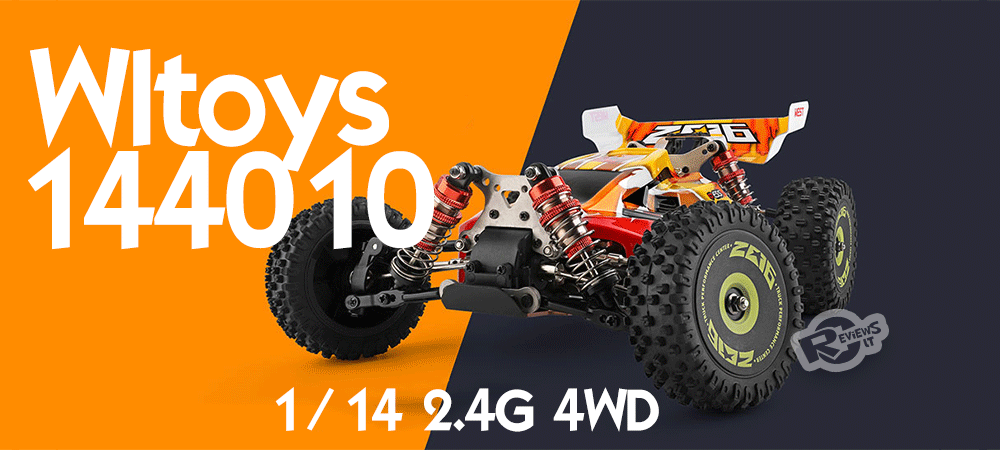
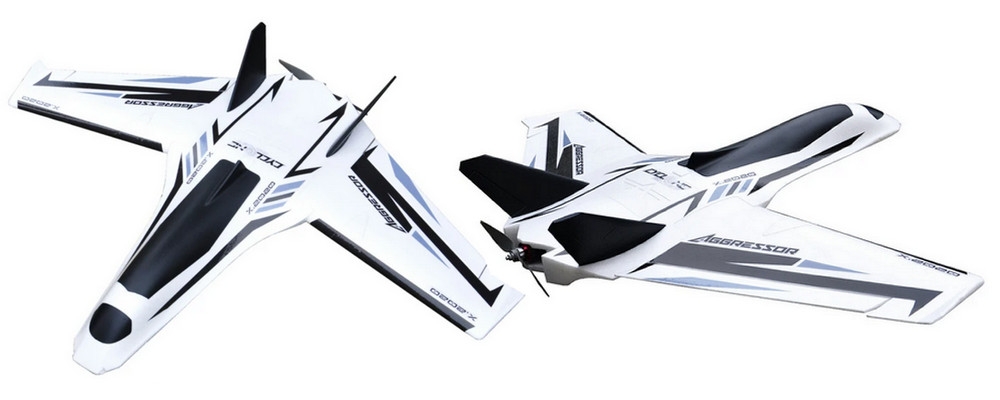
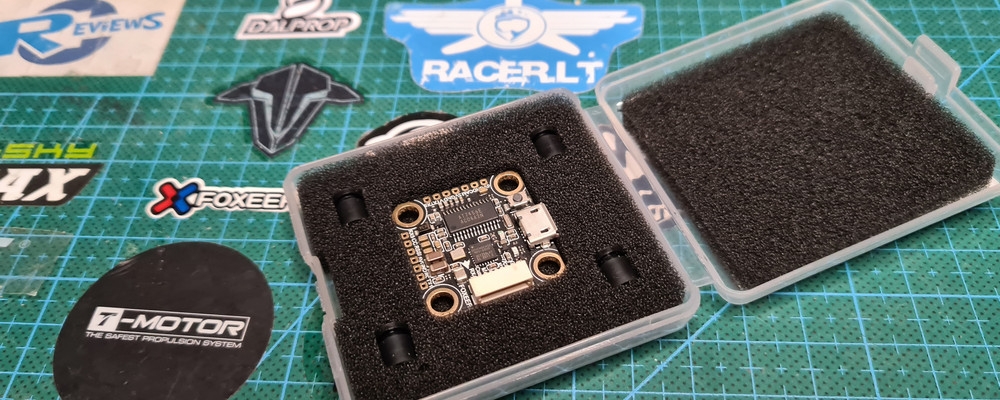
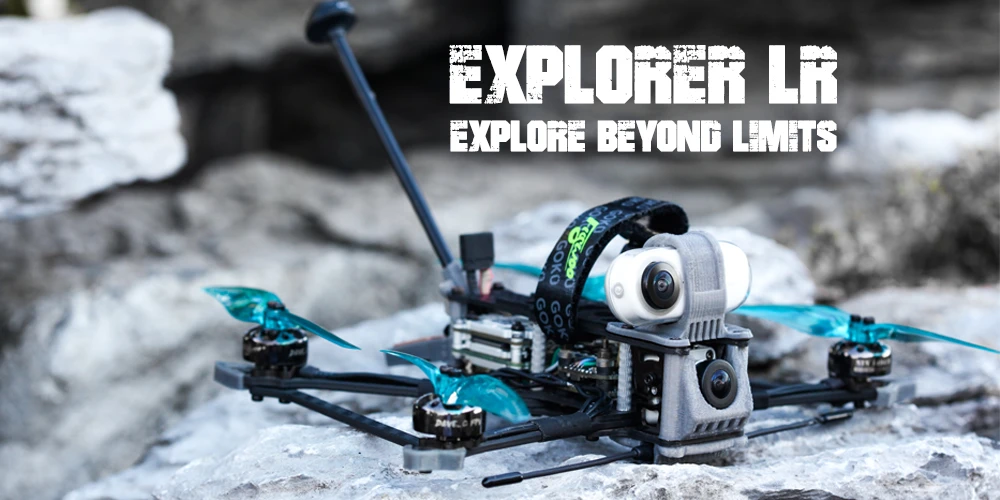
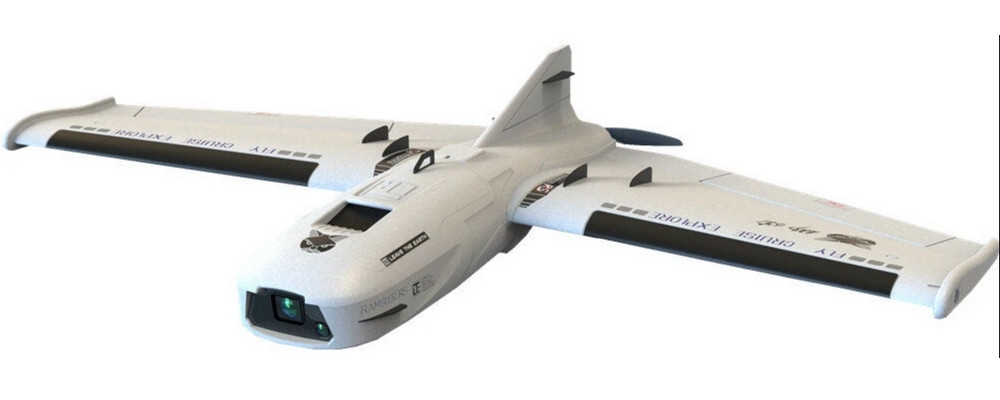

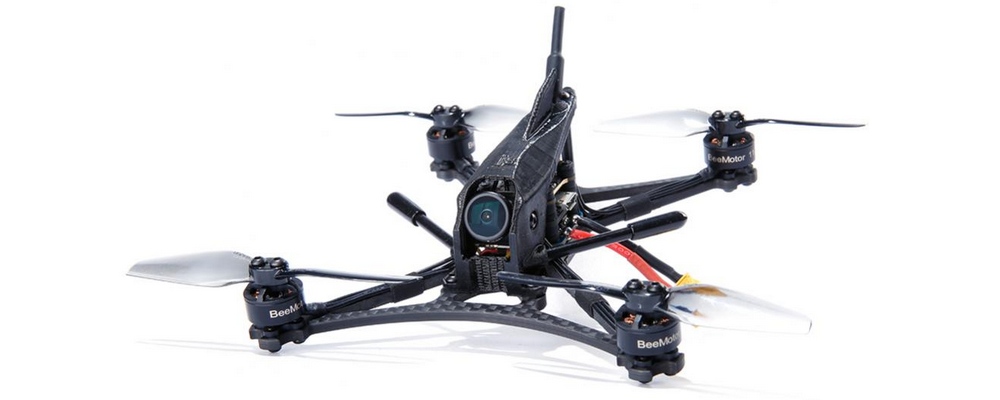
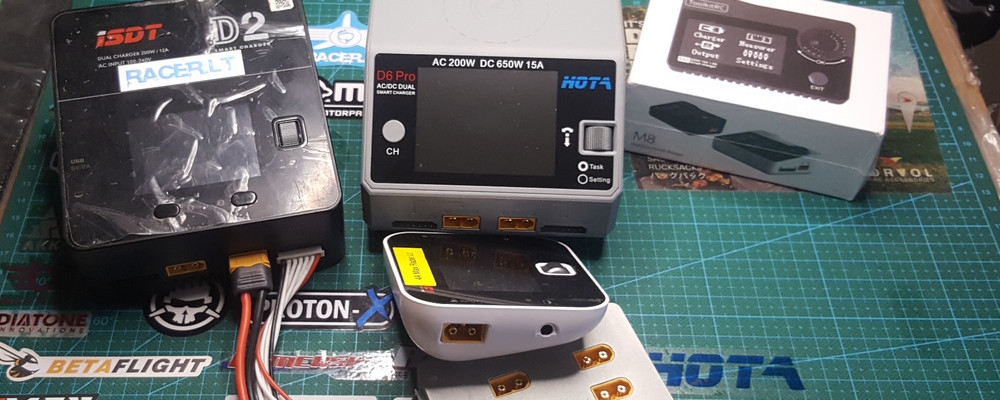
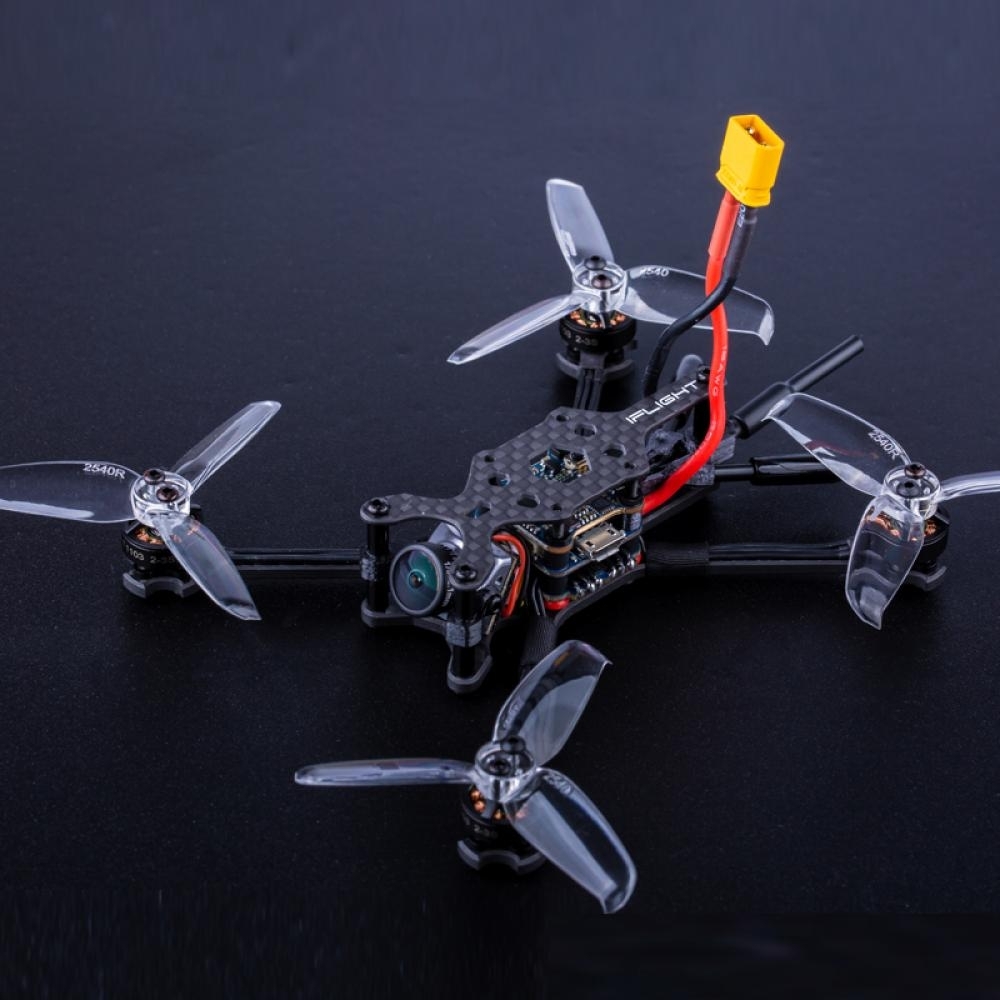
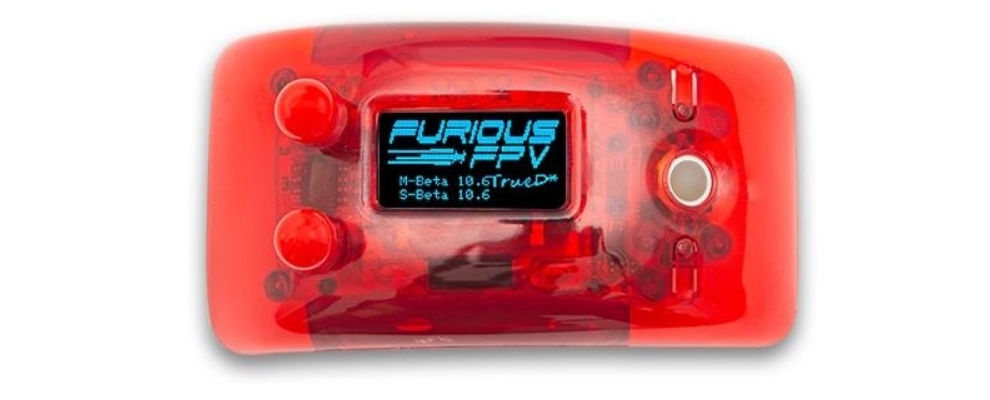

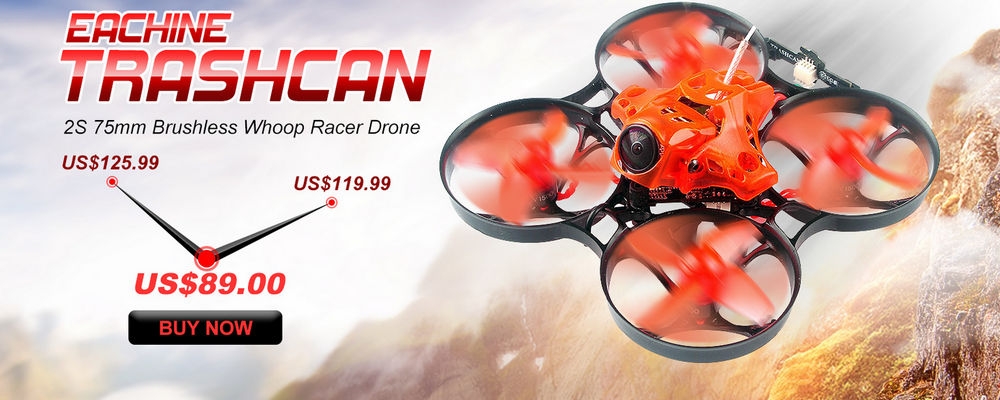

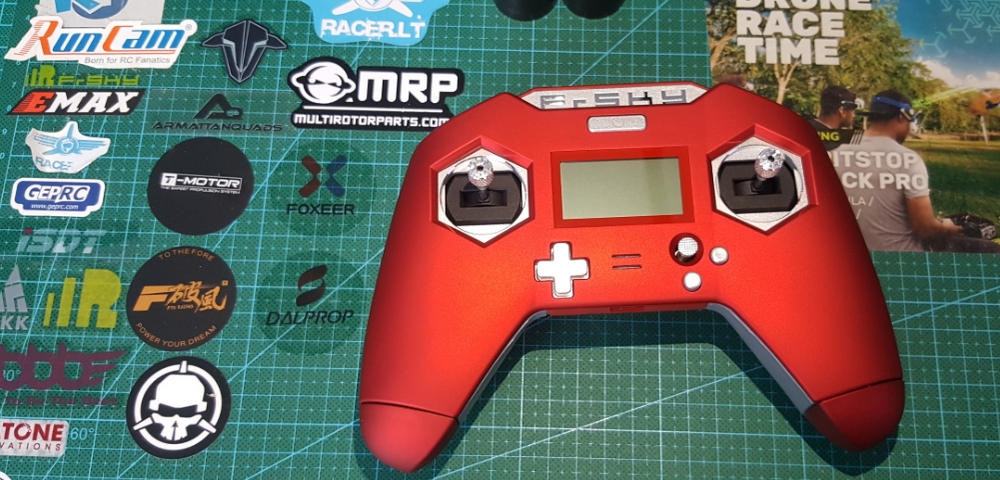
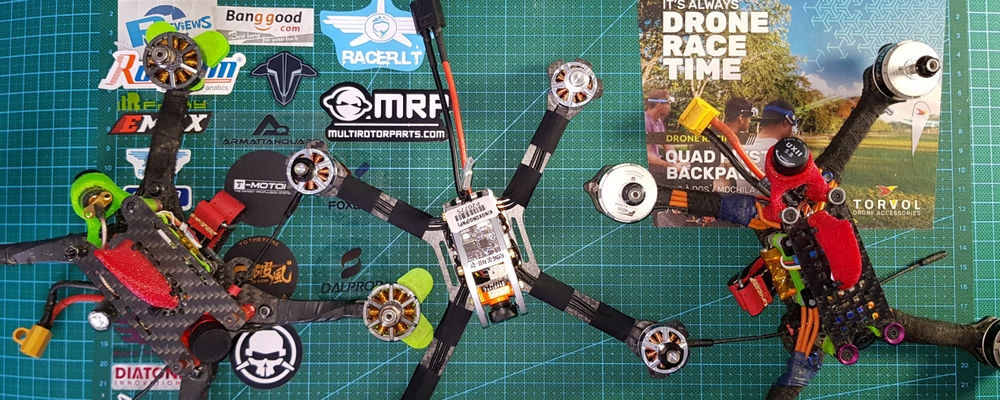






Advertising